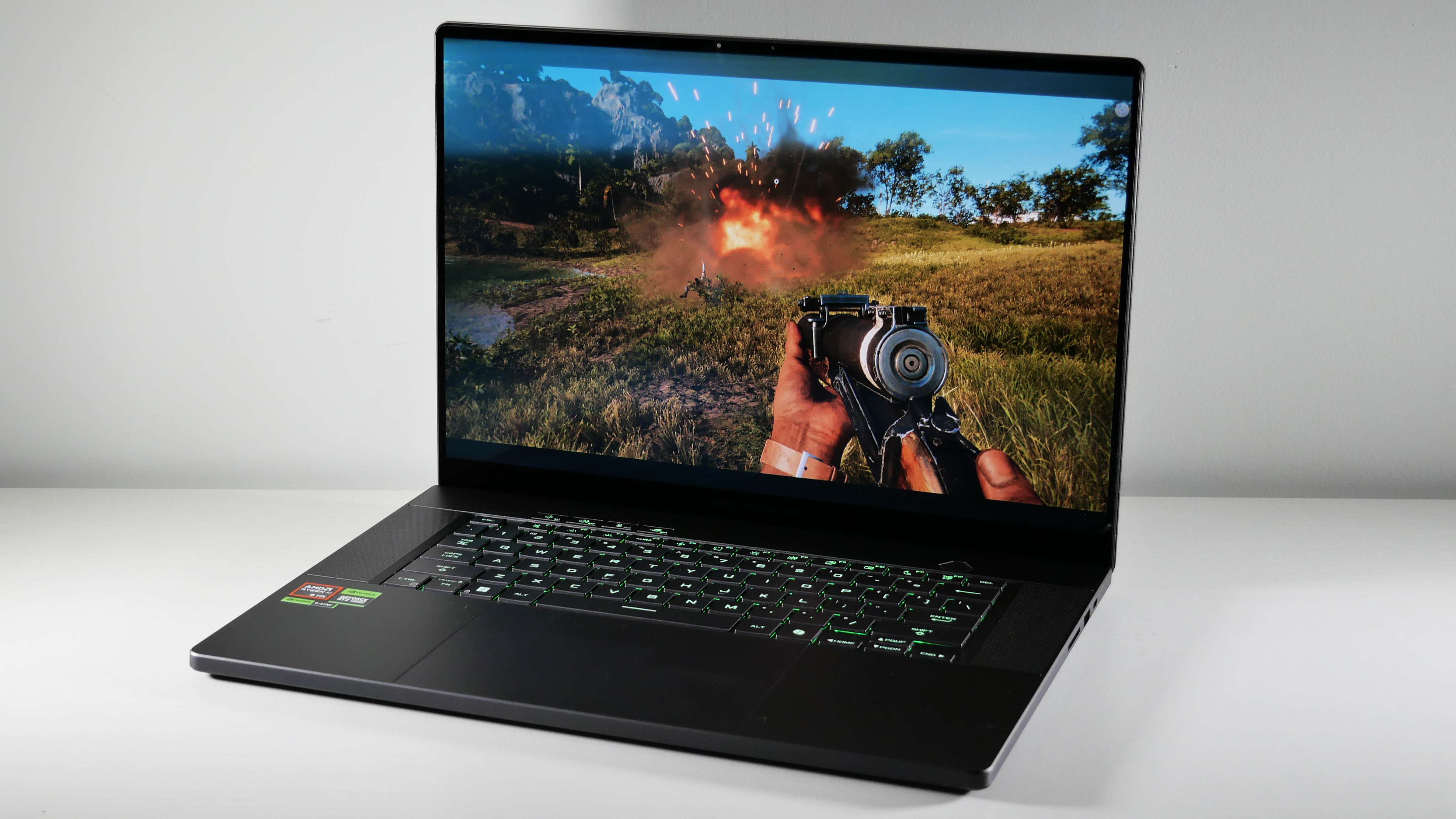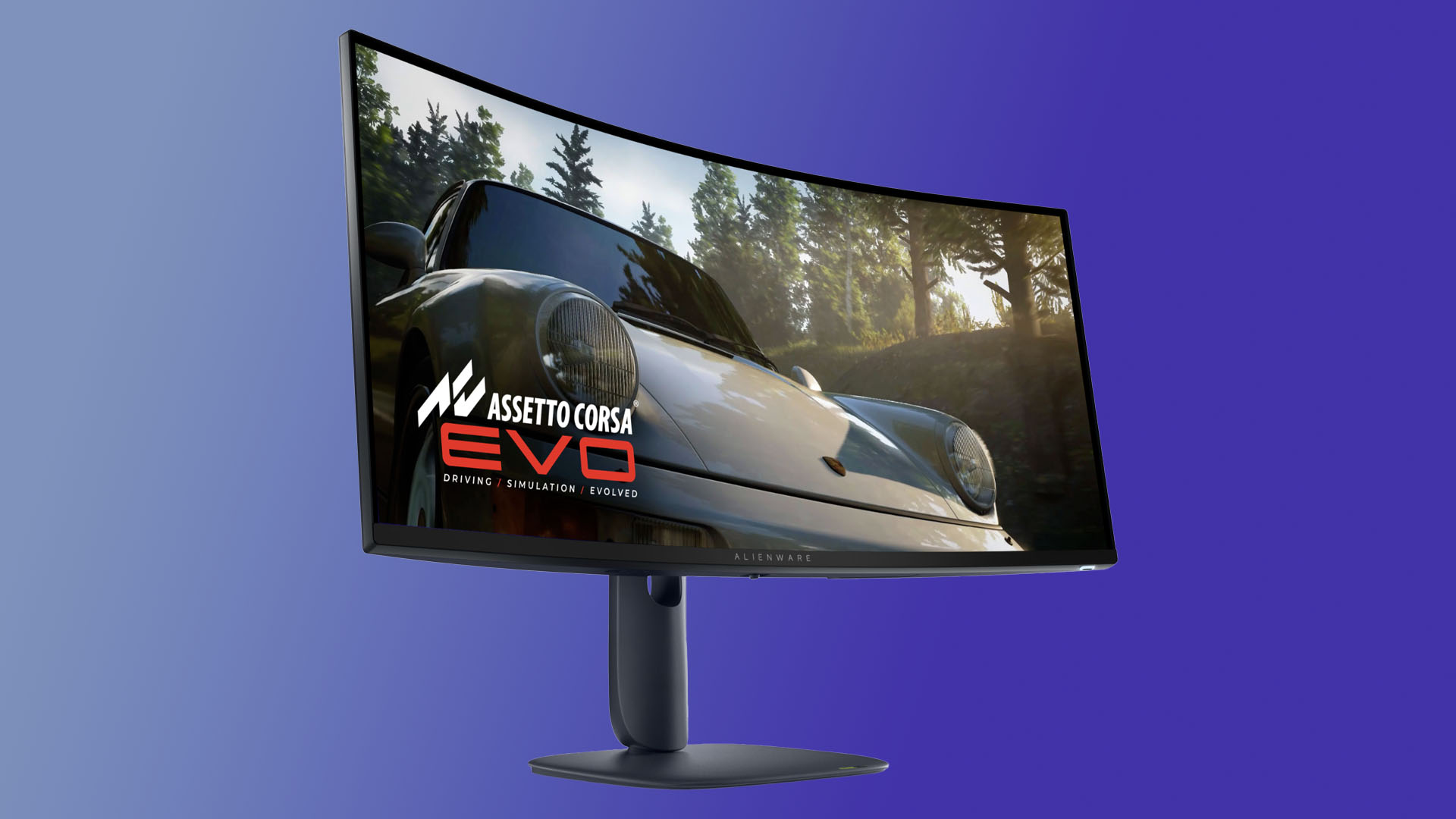Here's how much an RTX 50-series gaming laptop could set you back
After seeing some early RTX 50-series prices, we have thoughts

Akin to any new graphics card (or hardware) launch, there's often the littlest bit of panic among enthusiasts concerning cost. This is especially true when it comes to the laptop versions of said GPUs, as the prices of the hardware aren't communicated directly when buying the overall package.
But we've finally seen our first glimpse of what RTX 50-series laptop prices, and while some of it isn't necessarily awful, there are a few things to keep in mind while shopping around.
Thanks to Asus unveiling tons of listings of its gaming laptops across both Best Buy and its own Asus website (via Wccftech), we have a good sense of the general price range of RTX 50-series laptops. Spoiler alert: these get pretty expensive.
How bad are the RTX 50-series laptop prices?
For the most part, the prices of RTX 50-series laptops are pretty steep. On Asus' website, the models that do have prices assigned to them are a little over three thousand dollars at the cheapest.
The cheapest model in question is the ROG Strix Scar 16 built with an RTX 5080 laptop GPU, Intel Core Ultra 9 275HX processor, 2TB of SSD storage, 32GB of RAM, and a 2,560 x 1,600-pixel resolution display rated at 100% DCI-P3 color coverage.
The rest of the currently available laptop prices are as follows:
- ROG Strix SCAR 16 (2025) G635LW-XS97: $3,199
- ROG Strix SCAR 18 (2025) G835LW-XS97: $3,299
- ROG Zephyrus G16 (2025) GU605 GU605CW-XS98: $3,399
- ROG Strix SCAR 16 (2025) G635LX-XS97: $3,999
- ROG Zephyrus G16 (2025) GU605 GU605CX-XS98: $4,199
- ROG Strix SCAR 18 (2025) G835LX-XS97: $4,299
So far, the range in price we can see on Asus' website is anywhere from three to four thousand dollars, which isn't cheap by any means. In the RTX 50-series' defense, the only laptops with a price point thus far have a minimum of an RTX 5080 built within them, which isn't an affordable GPU.
Get The Snapshot, our free newsletter on the future of computing
Sign up to receive The Snapshot, a free special dispatch from Laptop Mag, in your inbox.
Things get a lot better when looking at Best Buy's listings, as the website actually has a price listing for an RTX 5070 Ti laptop. The Asus ROG Strix G16 is $1,899 with an RTX 5070 Ti, AMD Ryzen 9 8940HX processor, 16GB of RAM, 1TB of SSD storage, and a 16-inch, 1,920 x 1,200-pixel resolution LED display at 165Hz refresh rate.
While this may seem like a pretty good deal initially and it's definitely far cheaper than the alternatives, there are a few things to note when buying gaming laptops with new GPUs.

Never forget to carefully inspect a laptop's surrounding specs. Just because an RTX 5070 Ti laptop is available for less than $2,000 doesn't mean the rest of its specs are up to par with your gaming ideals.
In the case of the Asus ROG Strix G16, you need to ensure you're okay with a 1,920 x 1,200-pixel resolution IPS display, especially in a world where 2K is becoming more and more commonplace. This is especially true if you're interested in a richer OLED display or want a 240Hz panel.
Alternatively, Asus does have a 2.5K OLED gaming laptop at 240Hz refresh rate available for $1,999, as the ROG Zephyrus G16 is built with an RTX 5070 chip, Intel Core Ultra 9 285H processor, 16GB of RAM, and 1TB of SSD storage. These prices aren't terrible, and it's clear that there will be RTX 50-series options available for those who aren't willing to spend more than $2,000.
For now, we're curious exactly how well the RTX 50-series will perform, especially considering the disappointment surrounding the launches of the desktop GPUs. I previously covered how the RTX 5080 reviews could be bad news for gaming laptops, as many pointed out that the upgrade between RTX 4080 and RTX 5080 was pretty small, resulting in only a modest upgrade.
If the mobile versions of Nvidia's GPUs are as modest an upgrade, then these price points will seem all the more excessive. Until we can test these laptops for ourselves, we cannot provide an honest analysis of how much value these prices hold, but thus far, everything that isn't an RTX 5080 or 5090 doesn't seem too bad in terms of cost.
More from Laptop Mag

Self-described art critic and unabashedly pretentious, Claire finds joy in impassioned ramblings about her closeness to video games. She has a bachelor’s degree in Journalism & Media Studies from Brooklyn College and five years of experience in entertainment journalism. Claire is a stalwart defender of the importance found in subjectivity and spends most days overwhelmed with excitement for the past, present and future of gaming. When she isn't writing or playing Dark Souls, she can be found eating chicken fettuccine alfredo and watching anime.
You must confirm your public display name before commenting
Please logout and then login again, you will then be prompted to enter your display name.









